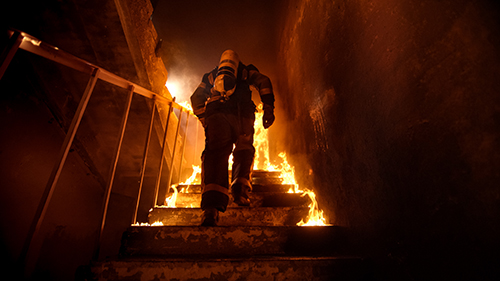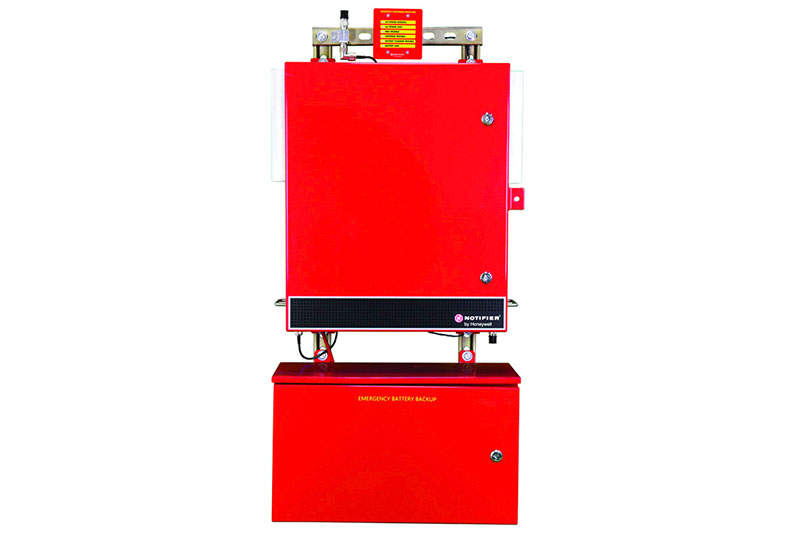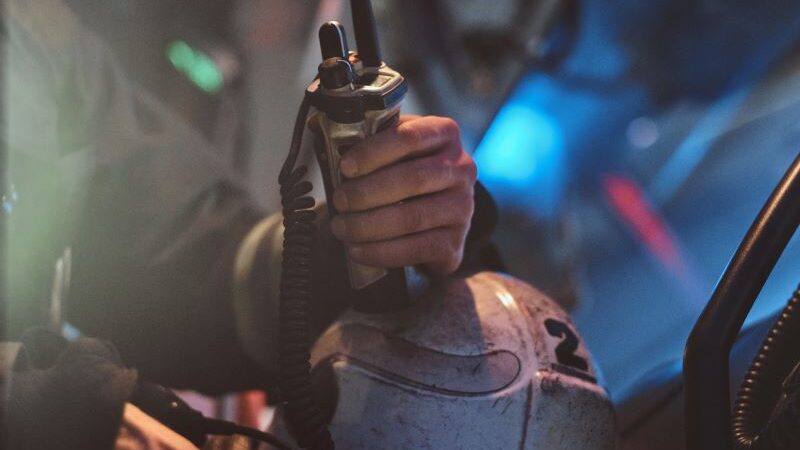Article by Dale Grant – Admirer of Steven King –
BDAs may not be at the top of everyone’s mind but you’ve experienced a similar scenario. Most of us have been there at some point in our lives. You’re on the lowest level of a parking garage and you realize you left your lights on and for the time being your Subaru Outback is now a 4000 lb paperweight. Maybe you just remembered that the Ebay auction you had been following for original movie poster of the 1989 Cinematic Masterpiece, “Road House” signed by the late, but never forgotten legend, Patrick Swayze, will be ending in the next 60 seconds. Maybe you spot Robert Downey Jr. buying an iron at Target and you just know that posting “Iron Man prepares to Iron” will finally bring you the viral Instagram post you need to cement your influencer status on LinkedIn. Regardless, you open up your phone and see… no signal! You’re in a dead zone!
Inconvenient? Yes. Deadly, probably not.
Now imagine you’re a firefighter working your way toward an apartment fire on the 17th floor of a 30-floor high-rise. You reach for your radio as you round the corner of the stairwell leading to the smoke-filled hallway. Your intuition tells you that this situation is going to be worse than expected. You reach for your radio… only to find it’s out of range.
Inconvenient? Yes. Deadly, absolutely!

Sadly, communications failures due to lack of reception is not an uncommon occurrence among first responders. In a 2017 survey, a staggering 98.5% of respondents reported communications dead spots in the buildings they had serviced. 56% of respondents went on to say that they had experienced communications equipment failures during an emergency.
So, what creates these dead zones in buildings? Well, there are a lot of factors that come into play.
Everything from the building’s proximity to the near radio tower, the area’s physical terrain, the surrounding vegetation and even the orientation of the building comes into play here.
The second is the structure itself. The size and construction of the building will have a large effect on the strength of a radio signal. In-building radio signal is weakened by everything from obstructions, building materials, internal radio frequency interference, underground structures, low-e glass windows and any number of other factors.
What is the solution? How can 100% radio coverage be achieved? The most effective way is through an Emergency Radio Communication Enhancement System (ERCES) specifically utilizing a system including a donor antenna, Bi-directional amplifier, and distributed antenna system (DAS) strategically placed throughout the structure.

A BDA takes the incoming public safety signal and amplifies it to compensate for impedance; subsequently, distributes it through DAS antennas throughout the building, to properly balance allowing for in-building and out-building coverages. In turn, ensuring constant communication between first responders in an emergency.
In the event of a fire, seconds count. The ability for first responders to be able to effectively communicate can be the difference between life and death.
Contact Oliver Fire Protection & Security for a FREE Consultation to determine if a Bi-Directional Amplifier is the right solution for your building’s fire protection system.
Call our Main office in King of Prussia (610)277-1331 or our regional office in New Jersey (908)832-5111 and ask to speak to a fire alarm sales representative today.

